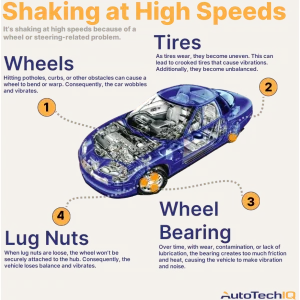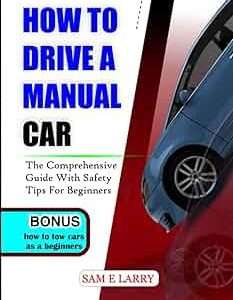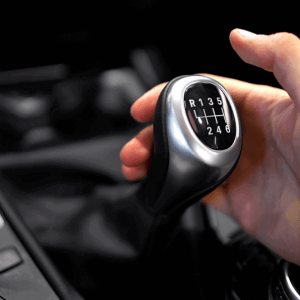The allure of a sports car‚ traditionally synonymous with manual transmissions and the thrill of direct control‚ is evolving. The rise of sophisticated automatic transmissions‚ particularly those with paddle shifters and advanced computer controls‚ is creating a new breed of performance vehicle. These automatic transmission sports cars offer a compelling blend of speed‚ convenience‚ and accessibility‚ appealing to a wider audience than ever before. The notion that true driving enjoyment is solely attainable through a clutch pedal is being challenged‚ as manufacturers continue to refine and enhance their automatic offerings. This evolution is reshaping the landscape of the sports car market‚ blurring the lines between tradition and technological advancement‚ and highlighting the diverse preferences of modern drivers.
The Advantages of Automatic Transmissions in Sports Cars
While purists might balk at the idea‚ automatic transmissions offer several distinct advantages in a sports car context:
- Faster Acceleration: Modern dual-clutch transmissions (DCTs) can often shift gears faster than a human driver‚ resulting in quicker acceleration times.
- Improved Fuel Efficiency: Optimized gear ratios and advanced algorithms in automatic transmissions can contribute to better fuel economy‚ particularly in everyday driving situations.
- Reduced Driver Fatigue: Eliminating the need to constantly engage the clutch and shift gears reduces driver fatigue‚ especially during long drives or in heavy traffic. This allows the driver to focus more on steering and overall vehicle control.
- Accessibility: Automatic transmissions make sports cars more accessible to drivers who may not be comfortable with or physically capable of operating a manual gearbox.
Debunking the Myths: Addressing Common Concerns
The biggest concern surrounding automatic transmissions in sports cars is often the perceived loss of driver engagement and control. However‚ modern automatic transmissions offer features that mitigate these concerns:
Paddle Shifters and Manual Mode
Paddle shifters mounted on the steering wheel allow drivers to manually select gears without using a clutch pedal. This provides a level of control similar to a manual transmission‚ but with the added convenience of automatic shifting when desired. Many systems also offer a “manual mode” that allows the driver to hold gears without automatic upshifts‚ providing a more direct and engaging driving experience.
Adaptive Learning and Driving Modes
Advanced automatic transmissions can learn a driver’s habits and adjust shift points accordingly. Many cars also offer different driving modes (e.g.‚ Sport‚ Track) that optimize shift patterns for performance or fuel efficiency; This allows the transmission to adapt to various driving conditions and driver preferences.
Comparing Automatic and Manual Transmissions in Sports Cars
Here’s a comparison of some key differences:
| Feature | Automatic Transmission | Manual Transmission |
|---|---|---|
| Acceleration | Potentially faster (DCTs) | Driver-dependent |
| Fuel Efficiency | Can be better in some situations | Driver-dependent |
| Driver Engagement | Potentially lower‚ but improving | Higher |
| Complexity | More complex | Simpler |
| Maintenance | Potentially more expensive | Potentially less expensive |
Ultimately‚ the best transmission choice for a sports car depends on individual preferences and driving style. The stigma surrounding automatic transmission sports cars is fading‚ as these vehicles continue to deliver impressive performance and driving dynamics.




